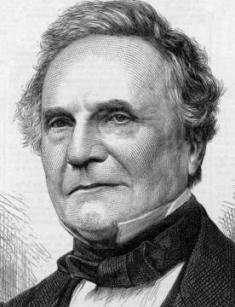
Charles Babbage: biography
Charles Babbage is a British mathematician, philosopher, inventor, and engineer, as well as the creator of the digital programmable computer concept. Thanks to his diverse knowledge and work in various scientific fields, Babbage became one of the most outstanding polymaths of the 19th century.
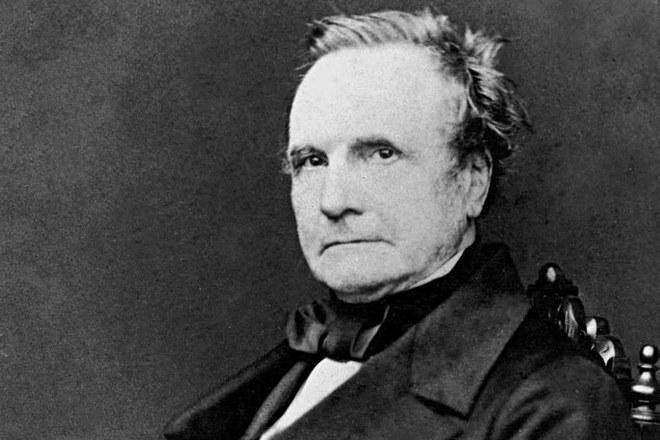
Charles Babbage was born December 26, 1791, in London, in the family of Benjamin Babbage and Elizabeth (Betsy) Plumleigh Teape. There were three other children in the family besides the boy. In 1808, the Babbages moved to East Teignmouth.
The father of the future scientist was wealthy enough to send him to a private school in Alphington when his son turned eight years old. The priest, who was engaged in the boy's education, was advised to reduce the child's workload. As a child, Charles was often ill, and his parents moved to the rural area to help his son cope with the consequences of severe fever.
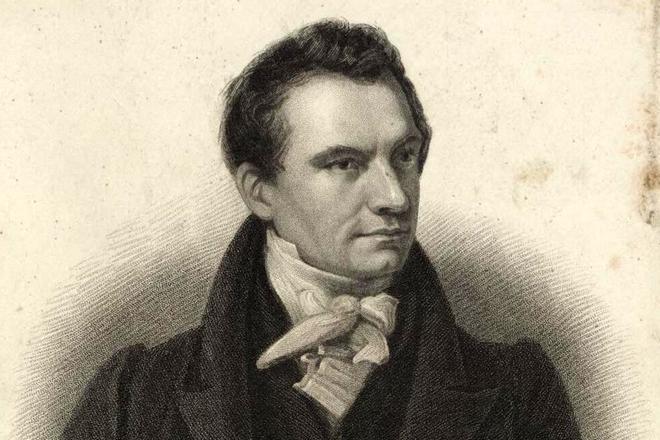
Charles later attended a school in Totnes, South Devon, for some time, but his poor health soon made him return to studying with private tutors. After graduating from school, Babbage enrolled at the Holmwood Academy in Enfield. The school had a large library, which made him interested in mathematics. Later, Charles went back to school with private teachers to achieve a level of knowledge that would be sufficient to enter Cambridge.
In 1810, Babbage became a student of Trinity College, Cambridge. But soon he was disappointed with the curriculum as he had more knowledge than teachers. Charles and his friends formed the Analytical Society in 1812 and then moved to another Cambridge college, Peterhouse, where he completed his studies in 1814 and obtained a bachelor's degree without any examination.
Mathematics and inventions
Thanks to his reputation as one of the best graduates, Charles quickly achieved success in the scientific field. Already in 1815, he lectured at the Royal Institution, and in 1816 he became a Fellow of the Royal Society. However, his career did not go well. He was repeatedly rejected when he claimed teaching positions. Therefore, until 1827, the man was financially dependent on his father and received money only after his death.
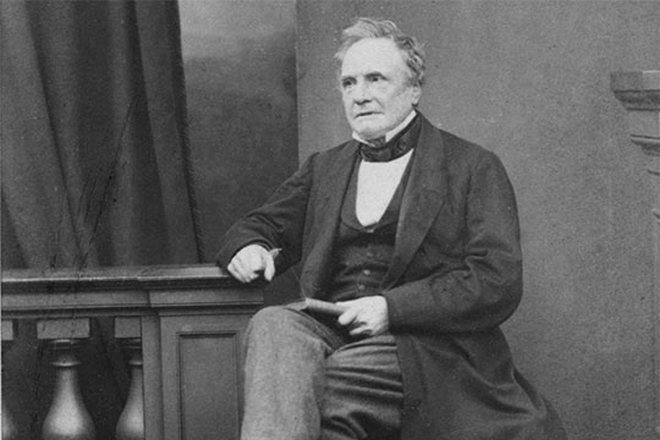
Charles Babbage was a scientist who contributed to many exact sciences, from astronomy to economics. Nevertheless, his most famous contribution is his work in the field of computer development, which preceded the development of calculating machines and modern computers.
The first project in the biography of a man was a big difference engine. The idea of its creation came to Charles in 1822. The device was designed to help people in the calculations needed for astronomy and navigation, which at the time took up a lot of time and were associated with the risk of human mistakes.

In 1823, the young scientist was granted funds for the creation of the device, since both the Royal Society and the Royal Astronomical Society enthusiastically accepted the idea of Babbage. However, Charles was not able to correctly calculate either the time or the means. It was not enough for the planned three years and the £1500 he received.
By 1827, expenses had more than doubled, and Babbage had to spend a lot of money out of his own pocket. He had to leave the work for a while, and after the personal tragedy, Charles could not continue scientific research. The scientist managed to return to the difference engine only in 1828. By then, he was out of money, and Babbage was only able to get additional funding from the state in 1830.
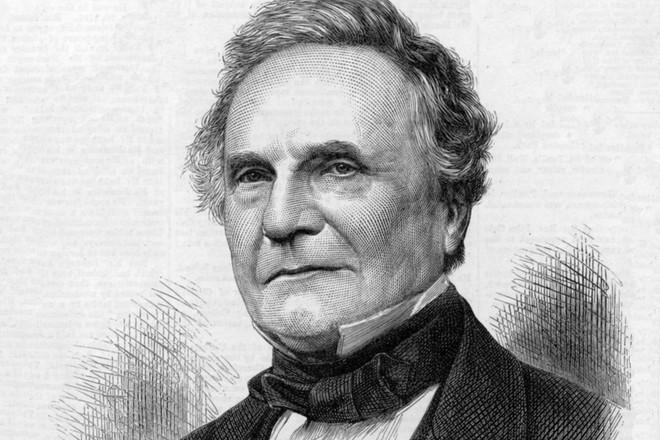
After four years, the work stopped again, despite the vast sums already spent on the design of the product. £17 000 was invested by the state to create a difference engine, and the scientist himself spent another £6-7 000. Until 1842, the authorities decided whether to continue investing in the project and eventually refused. When Charles was alive, the machine was never finished. In the late 1840s, the man returned to the idea of a difference engine and planned to create an improved version, but this attempt failed.
Hard and ineffective work on the difference engine did not stop Charles's thought, and in 1833 he came up with a new idea to create an analytical machine. According to the plans of the scientist, it would be a device that could be programmed. Unlike a difference engine, it could solve more complex tasks.
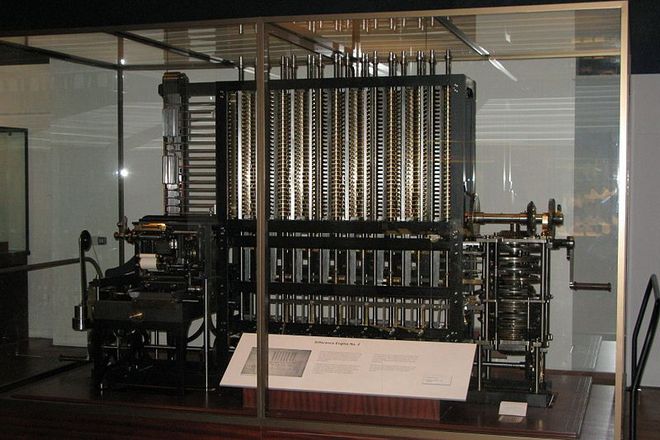
In 1834, Babbage started creating an analytical engine, the predecessor of digital computers. This invention brought him fame, though only after his death. The design of the engine included memory (warehouse), mill (processor analog), control and data input and output devices. There was also another element in the design that regulated the sequence of operations, interacted with the "warehouse" and read data from the punch cards.
Charles worked on the project himself, and the only person who saw the full potential of the idea was Ada Lovelace, a woman who is now considered to be the first programmer. Her works, based on the analytical engine project, are considered the first work in the field of informatics.
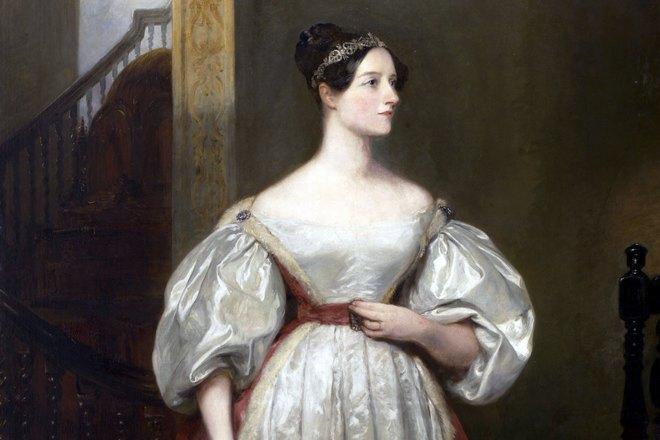
Although the scientific community showed interest in the analytical engine, it was not finished, as well as the difference engine. In 1851, the scientist wrote that his capabilities, especially financial ones, were no longer sufficient to complete his work.
The son of Charles, Henry, continued his work after the scientist's death. By 1888 he managed to create a central unit of the analytical engine. In 1906, with the assistance of the Monroe company, Babbage Jr. made a complete and working model.
Charles also had followers in the work of the difference engine. According to his drawings, several machines were produced in Sweden in 1854. Martin Wiberg then introduced some improvements to the model and then used the engine to calculate logarithmic tables.
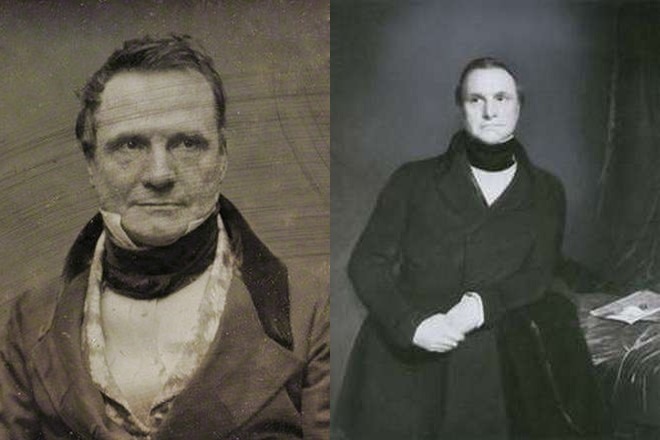
The reason for his failure was partly due to Babbage's overly versatile passion. He devoted a lot of time to other scientific fields and made progress. His interest in railroad communication led Charles to invent the speedometer and become one of the founders of the tachometer. Babbage contributed to the metalworking field as he developed innovative machines and gearwheel manufacturing methods.
The important lifetime work of the scientist was On the Economy of Machinery and Manufactures. The topic raised in the book today is called "operational research." The work was sold well after publication, and in 1836 it was reprinted for the fourth time. Subsequently, Charles' work on economics inspired John Mill. Karl Marx noted Babbage's loyalty to the division of labor.
Personal life
On July 25, 1814, Charles Babbage married Georgiana Whitmore at St. Michael's Church in Teignmouth, Devon. First, the couple lived in Shropshire and then moved to 5 Devonshire Street, London in 1815.

Charles and Georgiana had eight children in marriage, but only four of them survived childhood: Benjamin Herschel, Georgiana Whitmore, Dugald Bromhead and Henry Prevost. The year 1827 was the most challenging period in Charles' personal life when the father, wife and two sons of the scientist died.
There is an exciting fact: Babbage was offered both baronial and knighthood titles for his merits, but because of his political views, he refused both.
Death
Charles Babbage died on October 18, 1871, at the age of 79. The cause of death was a renal disease caused by urinary tract infection. The scientist is buried at the Kensal Green Cemetery in London (also known as the Cemetery of All Souls).
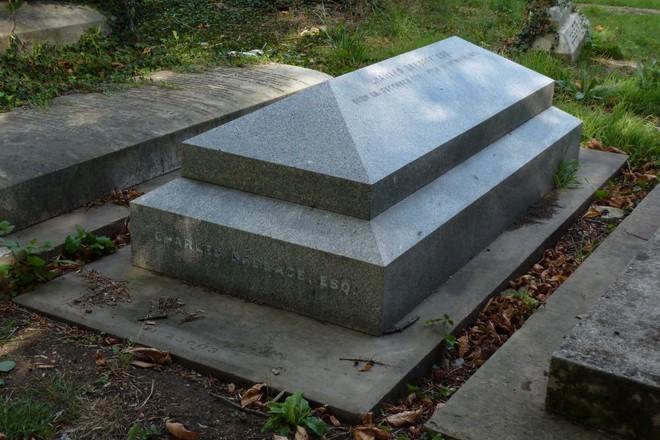
Babbage's scientific achievements and inventions in the field of computer science were recognized only after Charles' death. In 2011, British researchers launched the multi-million dollar Plan 28 project, designed to build Babbage's analytical engine. The device should have 675 bytes of memory and run at 7 Hz. The enthusiasts are planning to complete the work by 2021, timed to coincide with the 150th anniversary of the death of Charles Babbage.
In 2007, because of the scientist's connection with Totnes, his portrait appeared on a banknote denominated in 5 Totnes Pound, the local regional currency.




